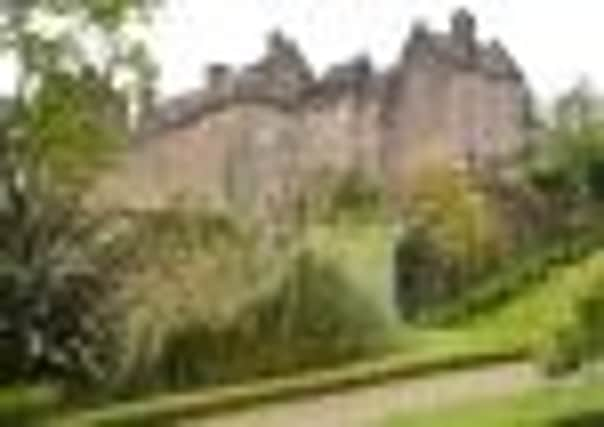National Trust for Scotland back from the brink


The National Trust for Scotland was forced to embark on a swingeing programme of cuts three years ago after its cash reserves slumped to just £3.1 million – £14m lower than they should have been.
Just two years ago its chief executive, Kate Mavor, was warning that the trust was “living beyond its means” after agreeing to take on too many properties and sites over the years.
Advertisement
Hide AdAdvertisement
Hide AdNew figures released by the trust, which is responsible for more than 130 historic sites and attractions across the country, have revealed that the “general income” cash pot of reserves had now reached more than £22m.
Several large legacies, high-profile public appeals and a surge in new members have all been credited with boosting the charity’s coffers.
However, the organisation, which also sold off its historic headquarters in Edinburgh city centre at the height of its crisis, pointed out that it was still generating less income from its properties than it was making from them. NTS, which mothballed four sites in 2009, has pledged not to shed any other properties unless they are found to have no heritage value.
The trust is responsible for some of Scotland’s best-known attractions, including Culloden and Bannockburn battlefield sites, Culzean Castle and Brodick Castle in Ayrshire, the David Livingstone Centre in Lanarkshire, and Glencoe.
Although its main focus is on 130 flagship sites, NTS is also responsible for 200,000 acres of countryside, 46 of Scotland’s Munros, seven nature reserves, 248 miles of coastline and 16 remote islands.
Its reserves dropped as low as £3.1m in 2008 and rose to £4.1m the following year, when Ms Mavor arrived at the helm and ordered the cost-cutting programme. The general income fund has leapt up from £8.5m in 2010 and £13.4m last year to £22.1m.
Latest figures from the trust show that legacies, which accounted for £5.9m two years ago, rose to £8.1m last year and now stand at £12.4m.
Advertisement
Hide AdAdvertisement
Hide AdBy far the biggest bequest came from the family of an Aberdeenshire-based lawyer, George Anderson, who made a fortune in South Africa as a lawyer and farmer.
Chief executive Ms Mavor said: “Our financial reserves are in a much better place than they were a few years ago. It means we have a buffer in place against poor trading conditions or the unexpected.
“The fact remains, however, that looking after our buildings, gardens, collections and countryside costs more than we are currently bringing in. Our five-year strategy is designed to address that fundamental imbalance.
“Almost a year in, we are making progress, but this is only year one and it will take sustained effort to keep us on track.”
Ian Reid, the trust’s finance director, added: “The level of legacies coming in has basically bought us a bit of time over the last couple of years.
“The level of reserves is hugely important as it allows the trust to be able to cope with a very bad year, for whatever reason.”
• Broadcaster Neil Oliver, below, academic Tom Devine and The Scotsman columnist Lesley Riddoch will be among the special guests at Scotland’s national history festival next month.
Advertisement
Hide AdAdvertisement
Hide AdThe “Previously” event in Edinburgh, now in its second year, will also include a day dedicated to Robert Louis Stevenson, with actors Nigel Planer and John Sessions talking about their life-long fascination with the writer.
The history of Scottish comedy, the nation’s banknotes and malt whisky will all be explored. More than 200 events will be held during the 17-day festival.